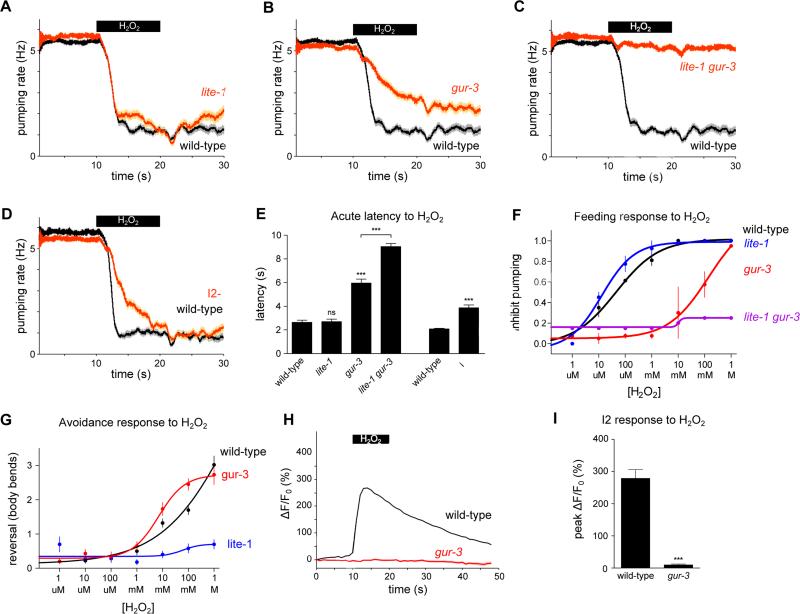Figure 6. Responses to hydrogen peroxide require gur-3 and lite-1.
(A) lite-1 mutants inhibited pumping in response to H2O2 vapor like wild-type worms. n ≥ 64 worms.
(B) gur-3 mutants exhibited a defect in the pumping response to H2O2 vapor. n ≥ 78 worms.
(C) lite-1 gur-3 double mutants were nearly completely defective in the pumping response to H2O2 vapor. n ≥ 72 worms.
(D) Genetic ablation of the I2 neurons resulted in a defect in response to H2O2 vapor. n = 60 worms.
(E) Quantification of the acute response latency to H2O2 vapor.
(F) Fraction of worms that inhibit pumping in response to various concentrations of liquid H2O2. lite-1 mutants responded normally across a range of H2O2 concentrations. gur-3 mutants showed a reduced sensitivity to H2O2, and lite-1 gur-3 double mutants were completely defective in the pumping response to H2O2. lite-1 gur-3 data points do not have error bars because only one experiment was done. n ≥ 20 worms per data point.
(G) Number of body bends in a reversal in response to various concentrations of liquid H2O2. lite-1 mutants were completely defective in avoiding H2O2, while gur-3 mutants were not defective. n ≥ 20 worms per data point.
(H) The I2 neurons failed to respond to H2O2 vapor in gur-3 mutants. The response in the I2 soma is shown; all three compartments failed to respond in gur-3 mutants (other compartments not shown). n = 10 cells.
(I) Quantification of the I2 calcium response to H2O2 vapor.
Shading around traces and error bars indicate s.e.m. *** p < 0.001, ns = not significant, t-test compared to corresponding wild-type or indicated strain.
See also Figure S10.

